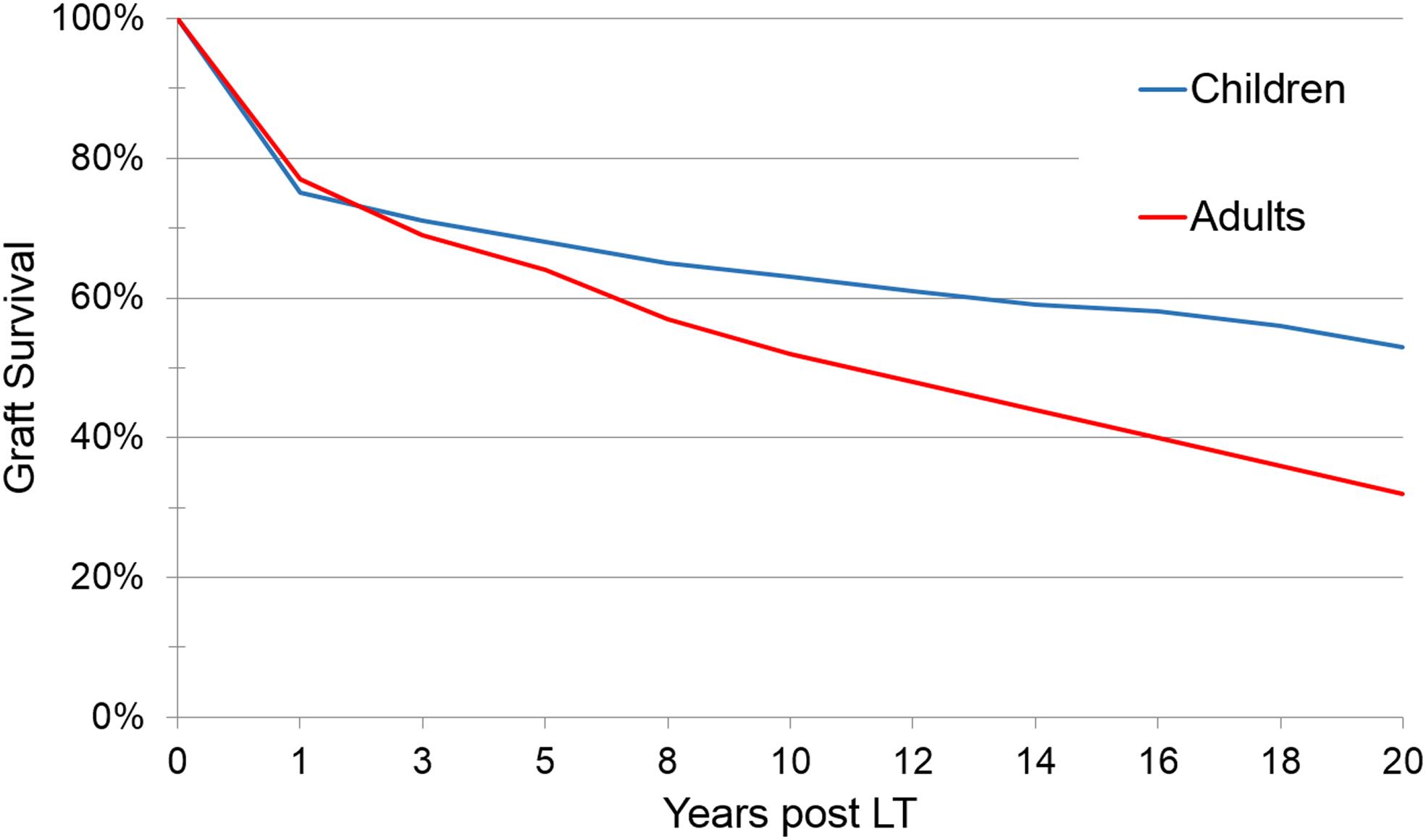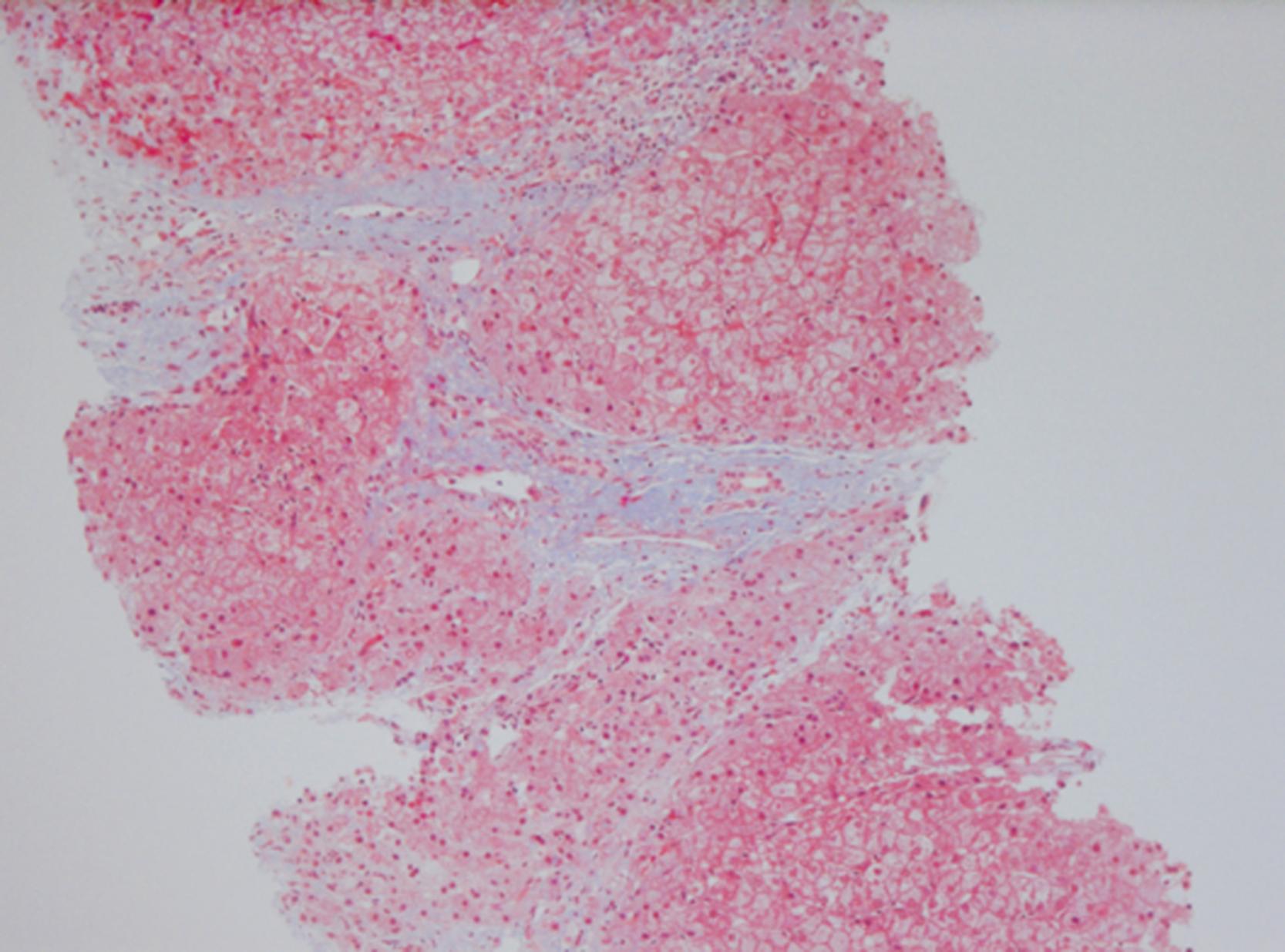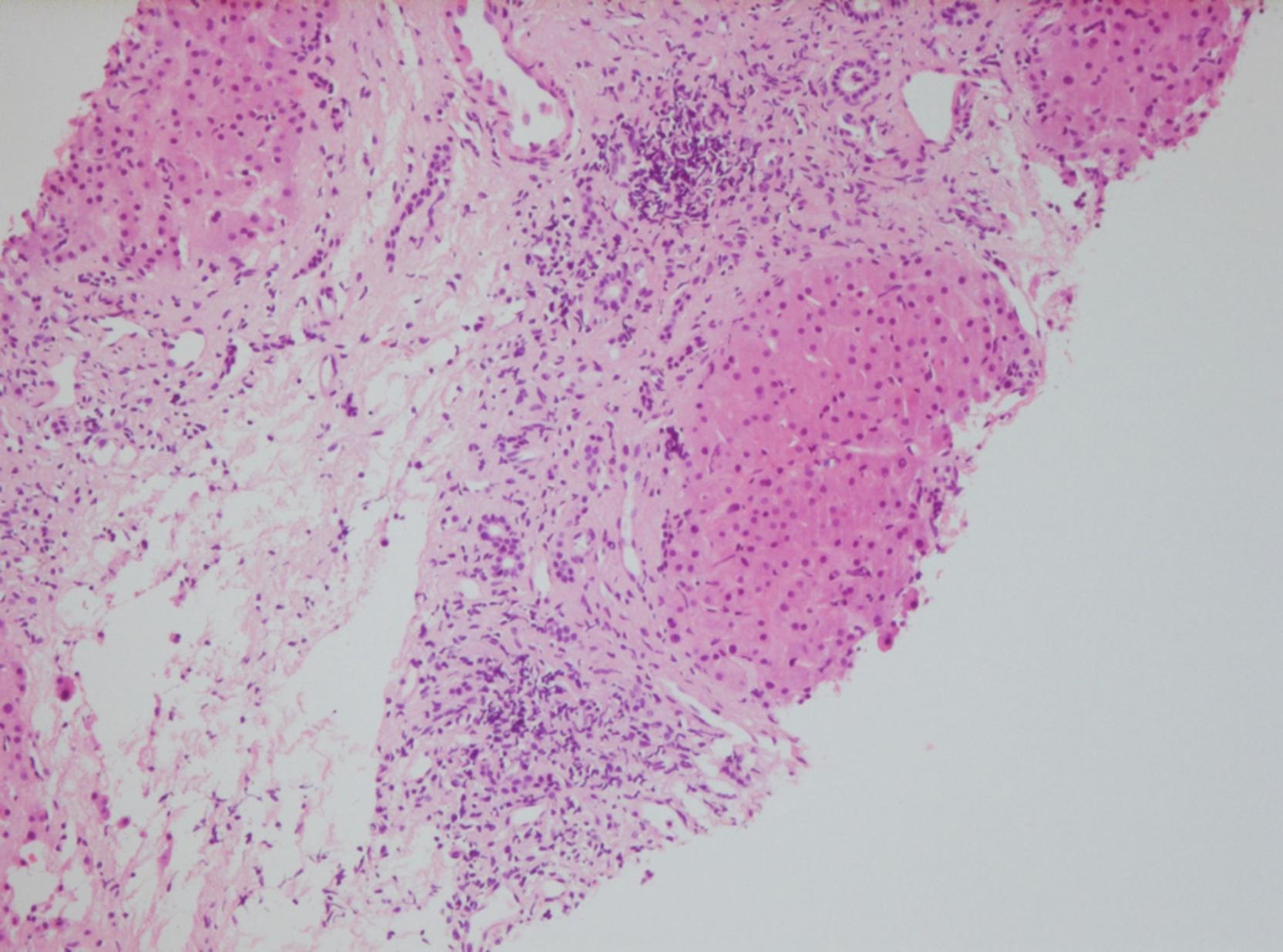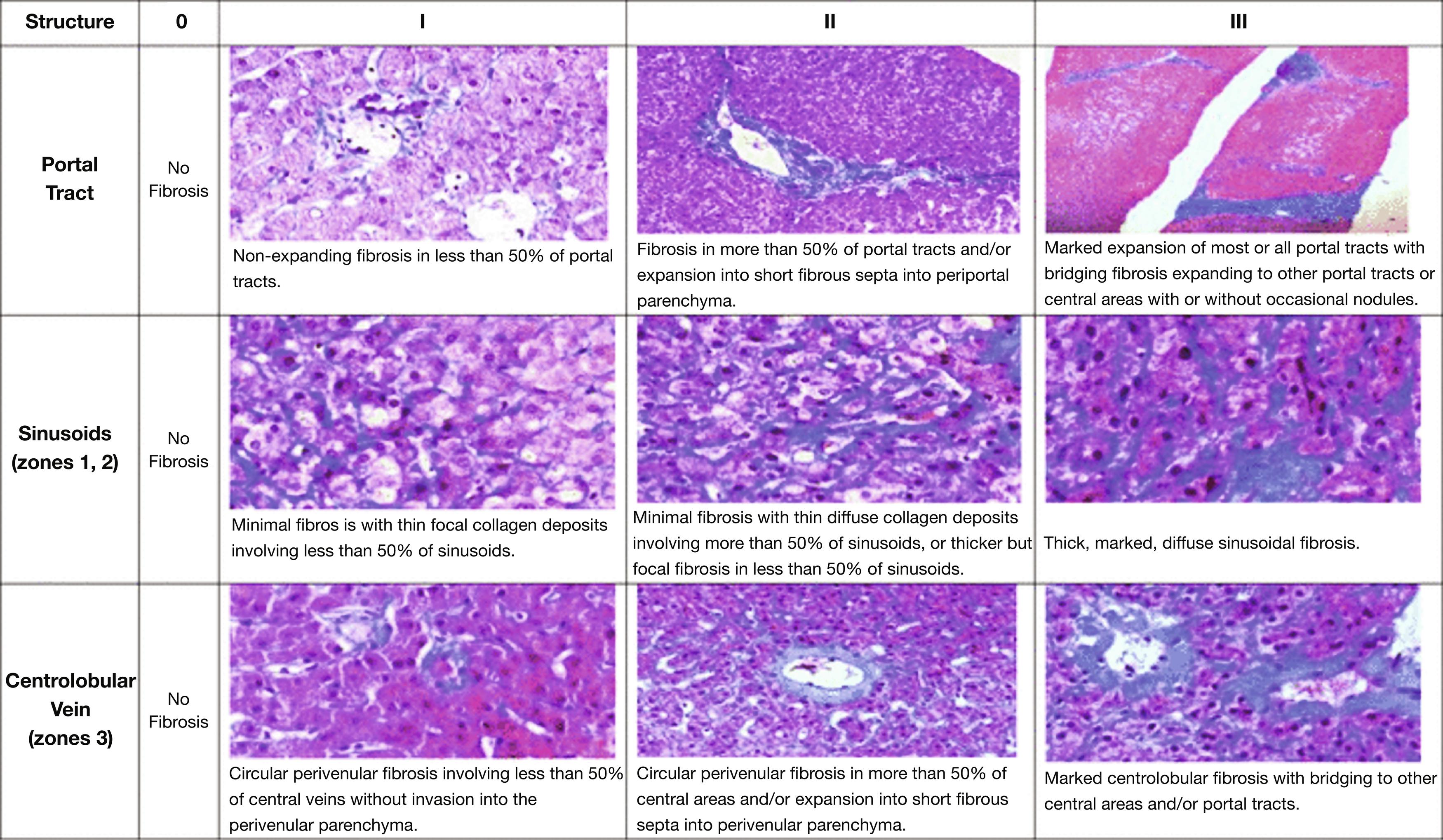Physical Address
304 North Cardinal St.
Dorchester Center, MA 02124
Patient and graft survival after pediatric liver transplantation (LT) has improved significantly: children undergoing LT have a patient survival of 79% and graft survival of 63% 10 years post-transplant, according to the European Liver Transplant Registry data . In 2018, a single-center study reported patient and graft survival rates of 83% and 73% at 10 years and 79% and 64% at 20 years after pediatric LT, respectively. However, the long-term outcome of these grafts remains unknown. The Graft survival in both pediatric and adult LT recipients declines in the long term after LT ( Fig. 44.1 ). However, while recurrent liver disease can affect graft survival after adult LT, the etiology of chronic graft loss is less clear in pediatric LT recipients. The importance of chronic graft injury is underscored by the potentially longer life expectancy of pediatric LT recipients. To achieve long-term quality of life for the recipients without the need for retransplantation, maintaining graft integrity and function and minimizing long-term injury is essential.

Immunological, infectious, and late vascular or biliary complications can account for graft injury and late graft dysfunction. Patients can present with or without abnormal liver tests. In this chapter, we focus on chronic subclinical graft injury and discuss differential etiologies of late graft dysfunction. We characterize chronic graft injury, the factors influencing pathophysiology of long-term graft loss, and potential interventions to prevent allograft damage.
Most long-term pediatric LT recipients enjoy a good quality of life without biochemical evidence of allograft dysfunction. However, studies of protocol liver allograft biopsies demonstrated a high prevalence of unexplained inflammation and fibrosis in the biopsies obtained more than 1 year post-LT in asymptomatic children with (near) normal liver biochemistry. These published single-center reports describe heterogeneous cohorts of chronic liver allograft disease in long-term survivors of pediatric LT.
Histological studies of protocol biopsies obtained from children with normal liver biochemistry up to 10 years after LT have demonstrated graft hepatitis and fibrosis at unexpectedly high rates. Studies of serial biopsies have shown that the prevalence and severity of fibrosis increased over time. The cause for chronic injury was not identified in the majority of patients. Although numerous studies have addressed the problem of chronic, subclinical graft injury both in adults and in children, underlying mechanisms remain unidentified.
Apparently non-immunological causes, such as donor-derived factors, type of graft, technical aspects, and biliary or vascular complications, may potentially contribute to liver allograft fibrosis. Previous studies reported that partial liver grafts, prolonged cold ischemic time, and biliary complications were risk factors for long-term graft fibrosis. Donor age, however, was not an independent risk factor. In contrast, one study showed that technical modifications of the organs, such as split and living donor grafts, were not associated with a higher risk of graft failure, retransplantation, or death. One-year graft survival of split and living donor liver grafts improved significantly in the last 15 years. Consequently, the risk of early and late patient death following split LT is not different from whole graft LT at present modified liver grafts have a significant capacity to regenerate and adapt in response to the metabolic requirements. In a retrospective study, measured volumes of split livers increased by 59% after 5 years and 170% after 10 years.
Technically modified grafts are essential to expand the pool of donor organs, in particular for small children. The propensity of these grafts to early surgical complications, such as bile duct strictures, has repeatedly been discussed. However, the focus has shifted to long-term complications due to accumulating evidence that alloreactivity and humoral response may have an impact on chronic graft injury. Several subsequent studies have shown a high prevalence of unexplained graft inflammation (22%–74%) in the biopsies obtained more than 1 year after LT. There was also a high frequency of liver graft fibrosis (27%–97%) in all of these studies. Two studies showed a strong correlation between the degree of inflammation and a stage of fibrosis, following the concept that graft inflammation contributes to the pathogenesis of post-LT fibrosis. The relevance of humoral response has been supported by positive titers for anti-nuclear antibody, smooth muscle antibody (SMA), elevated immunoglobulin levels, and increased prevalence of angiotensin-2 type 1 receptor antibodies (ATR1), whereas the specific alloimmune response has been reinforced by increased prevalence of donor-specific antibodies (DSAs) directed against human leukocyte antigen (HLA) class II antigens.
Most of the liver recipients with chronic graft injury remain clinically stable in the second decade after pediatric LT. In some patients, however, progressive fibrosis may lead to portal hypertension, graft dysfunction, and retransplantation. Presumably, advanced liver fibrosis can lead to portal hypertension over decades, necessitating retransplantation in a significant proportion of patients, taking into account the longer life span of pediatric liver recipients. A recent retrospective study on histopathology of explanted grafts at retransplantation demonstrated a high prevalence of chronic idiopathic hepatitis and progressive fibrosis in long-term pediatric LT recipients. The authors observed a shift in the histopathology of failed liver grafts over three decades, with an increasing prevalence of chronic idiopathic hepatitis, which was associated with progressive fibrosis and ultimately graft failure.
Although chronic graft injury may not be apparent in the beginning, distinct early features of chronic liver allograft inflammation and fibrosis have been described.
Unexplained chronic graft inflammation (idiopathic posttransplant hepatitis) is characterized by a predominantly portal infiltrate of mononuclear inflammatory cells. Inflammation of bile ducts and portal vessels is typically minimal or absent. Portal inflammation is regularly associated with mild to moderate degrees of interface hepatitis ( Fig. 44.3 ). Lobular inflammatory changes may also be present; they characteristically involve centrilobular regions and may be associated with central perivenulitis (CP).
![Fig. 44.3, Patient 1: Protocol biopsy 5 years after pediatric liver transplantation (hematoxylin and eosin [HE] staining, 100 × magnification) showing portal inflammation and periportal fibrosis (liver allograft fibrosis score, 3/9) with interface activity. Fig. 44.3, Patient 1: Protocol biopsy 5 years after pediatric liver transplantation (hematoxylin and eosin [HE] staining, 100 × magnification) showing portal inflammation and periportal fibrosis (liver allograft fibrosis score, 3/9) with interface activity.](https://storage.googleapis.com/dl.dentistrykey.com/clinical/ChronicGraftInjury/1_3s20B9780323636711000446.jpg)
Scoring systems used to grade chronic hepatitis in the native liver (e.g., METAVIR, Ishak) are only suitable for grading portal and periportal inflammatory changes in the liver allograft biopsies. The severity of CP can be better scored according to the system proposed by the Banff Working Group. Otherwise, chronic graft hepatitis with dominant CP and only minor or even absent portal inflammation may be underestimated. Severe, late CP can be associated with adverse long-term outcomes, even if there is only mild portal inflammation.
Three main patterns of liver graft fibrosis were recognized in posttransplant biopsies from pediatric liver allograft recipients: periportal ( Fig. 44.4 ) , perisinusoidal, and centrilobular fibrosis. Preliminary findings suggest different pathogenic mechanisms for these patterns of fibrosis. Periportal fibrosis can develop following initial portal inflammation and interface hepatitis that is present in children with chronic hepatitis ( Figs. 44.4 and 44.5 ). The typical picture of centrilobular fibrosis has been described as a complication of CP in children with chronic rejection (CR). Several studies found evidence to suggest that perisinusoidal fibrosis occurring in the centrilobular region was associated with chronic antibody-mediated rejection (AMR).


Standard scoring systems used to stage fibrosis in the native liver fail in staging the distinctive patterns of fibrosis in pediatric allografts. A specific scoring system focusing on the three patterns of allograft fibrosis, the liver allograft fibrosis (LAF) score, was developed by Venturi and colleagues ( Fig. 44.2 ) . The severity of fibrosis is assessed semiquantitatively in separate histological compartments: around portal tracts, in sinusoids, and around centrilobular veins. These three compartments contribute to a total LAF score. This LAF score helps to describe and quantify stages of allograft fibrosis specifically and is additionally useful to describe dynamics of the fibrosis progression in serial biopsies of pediatric liver transplant recipients.

Become a Clinical Tree membership for Full access and enjoy Unlimited articles
If you are a member. Log in here